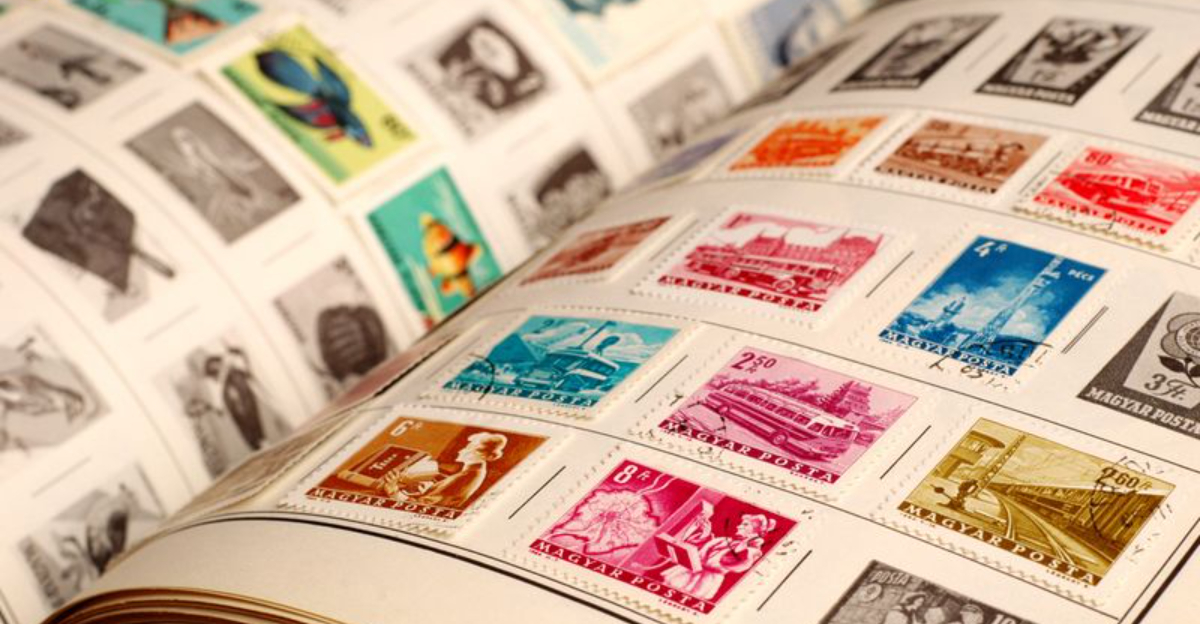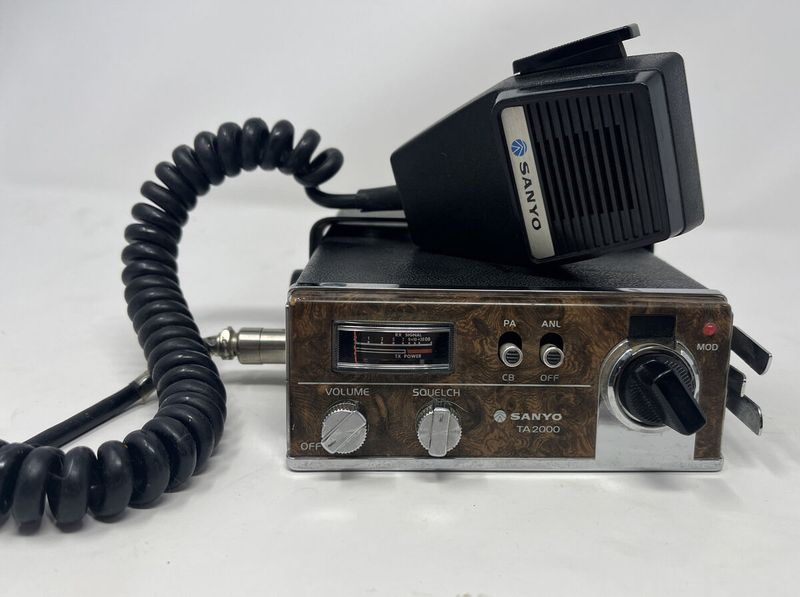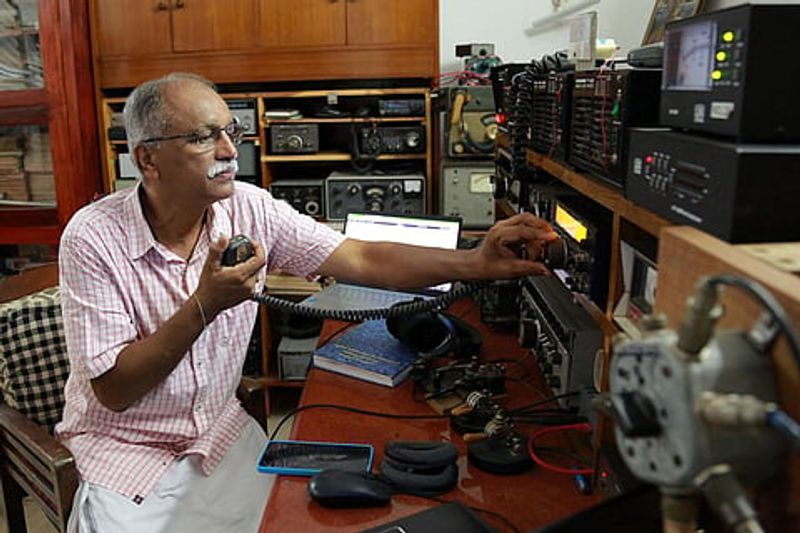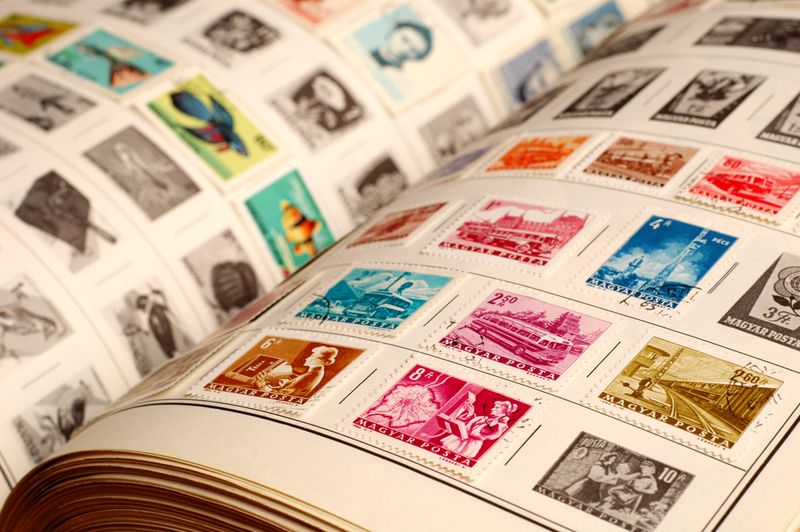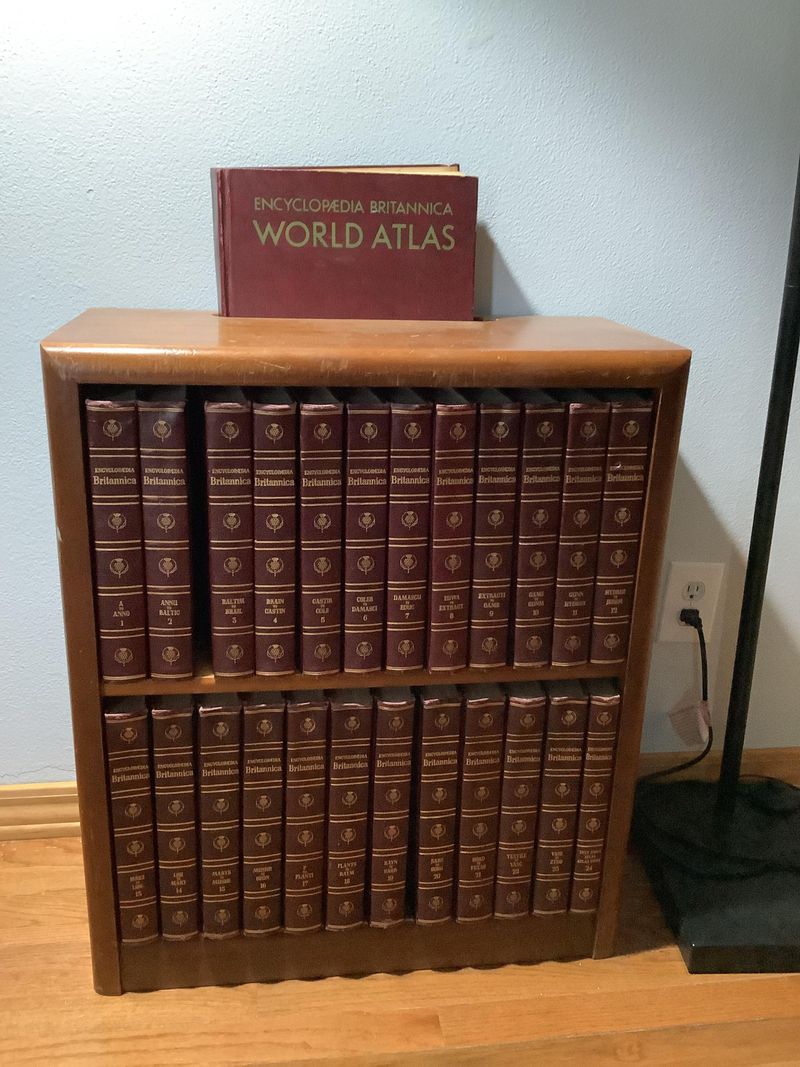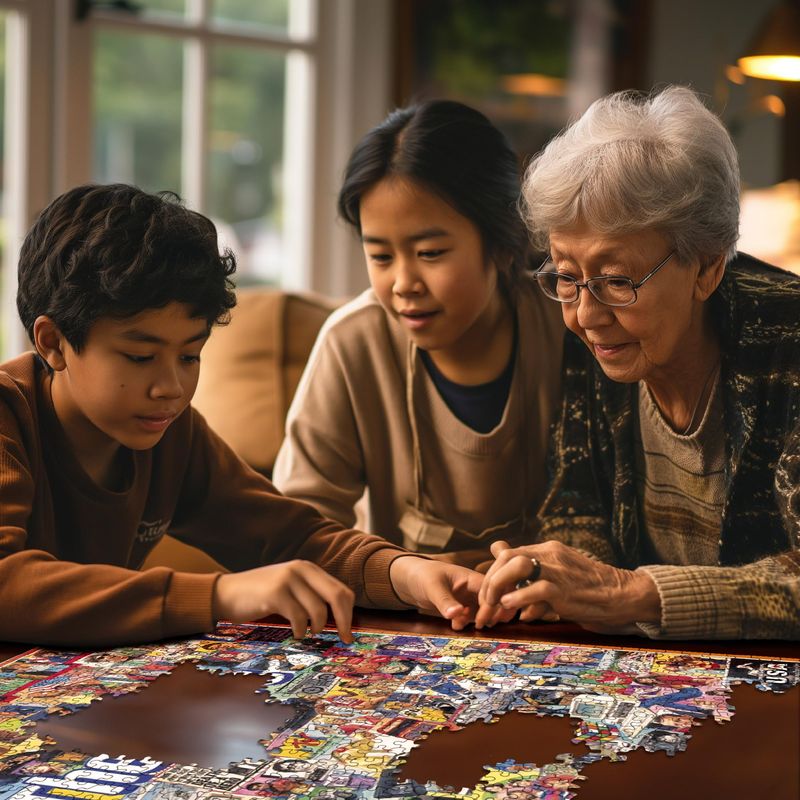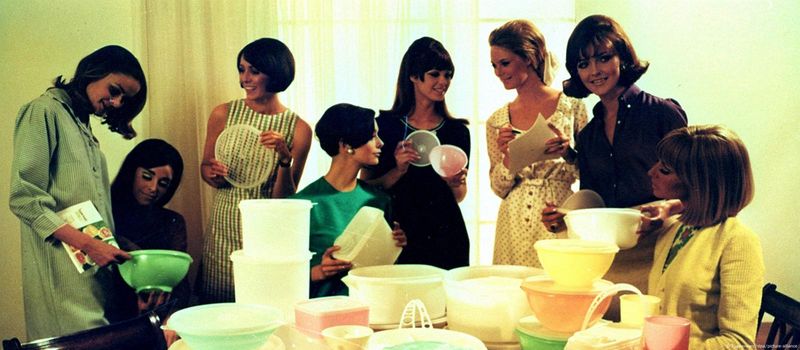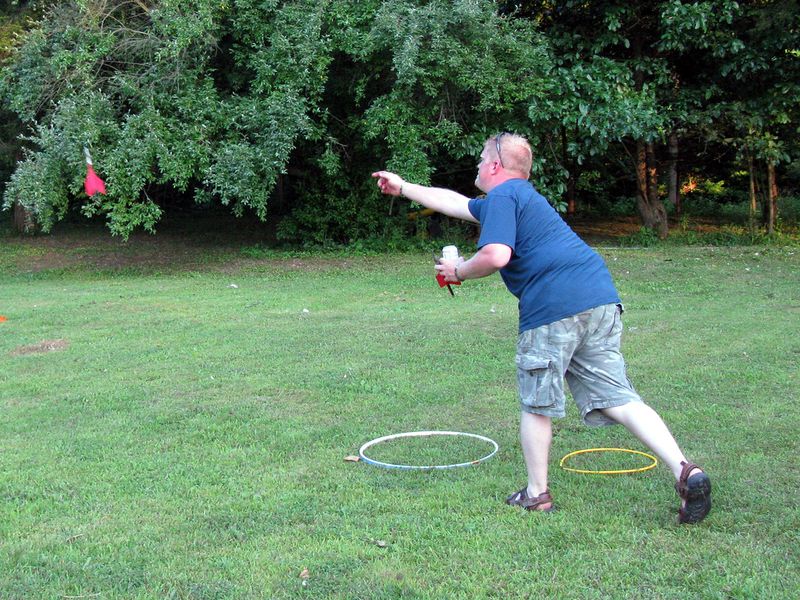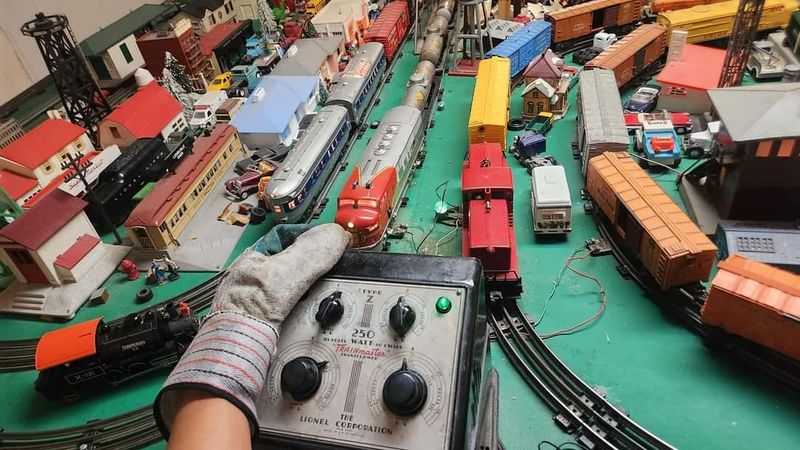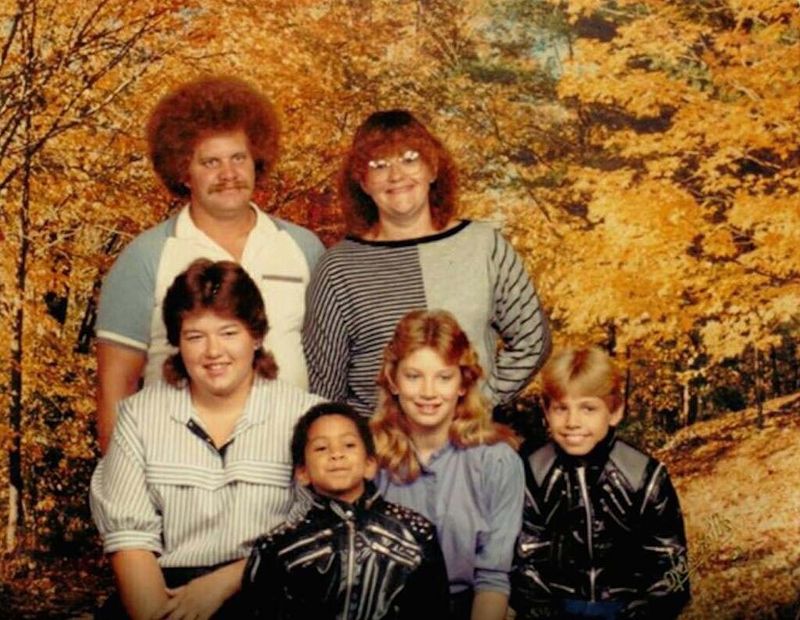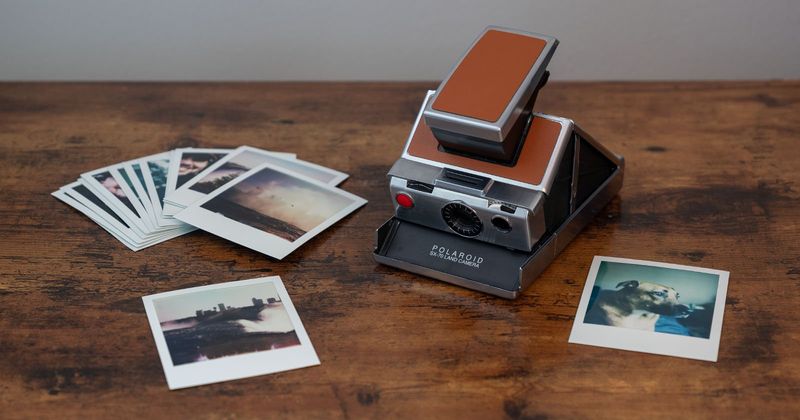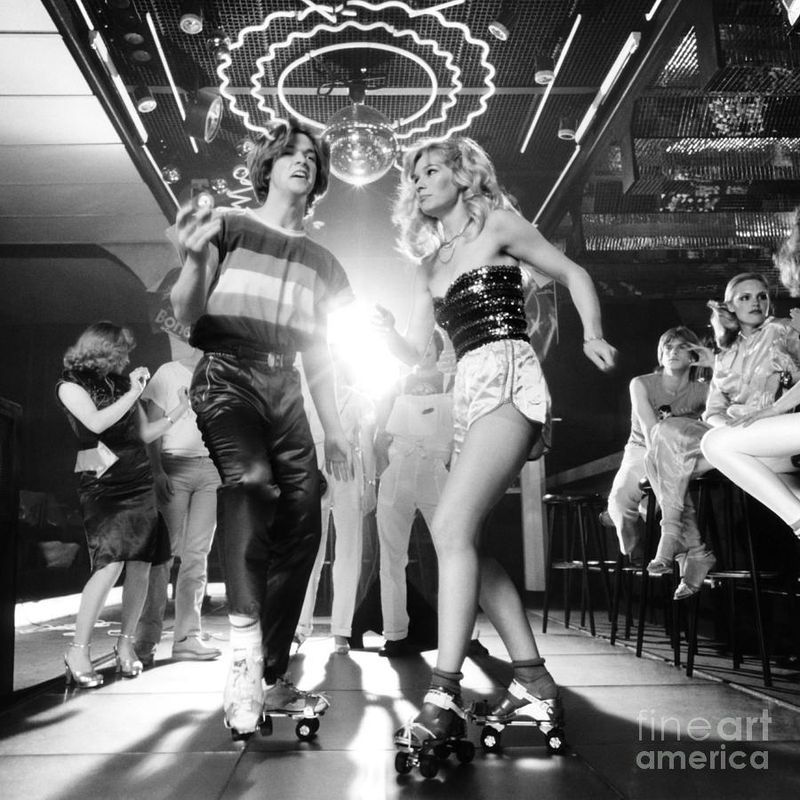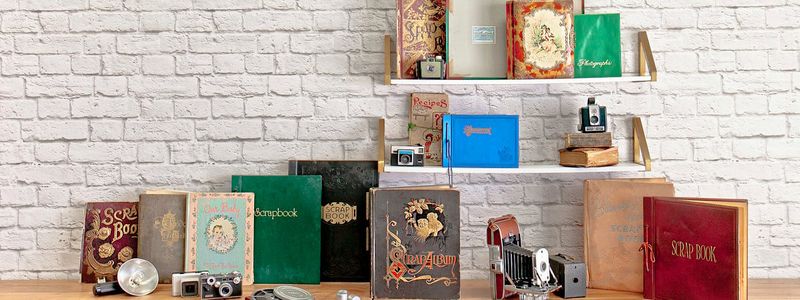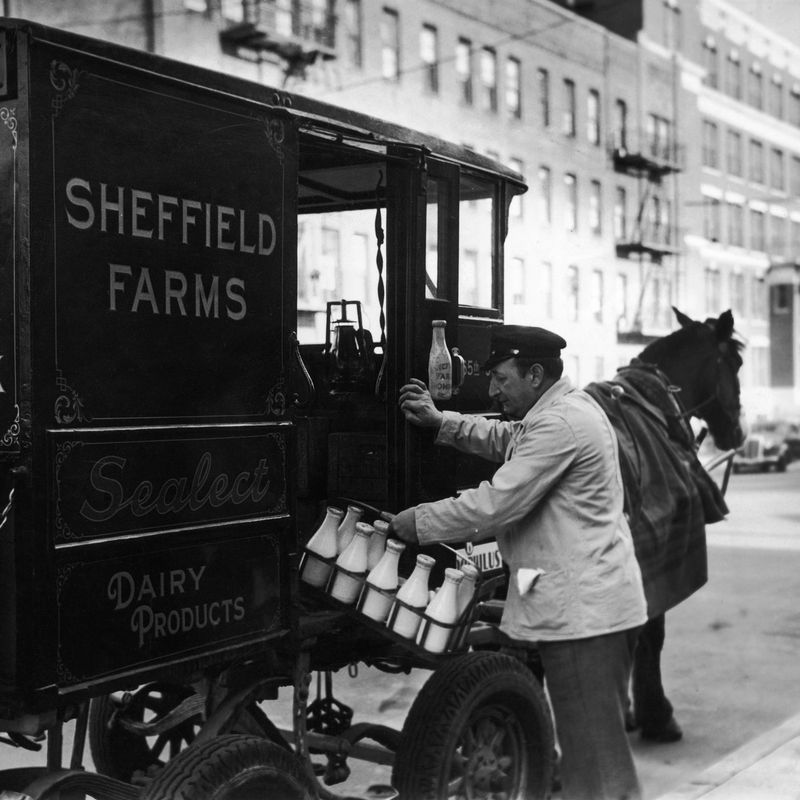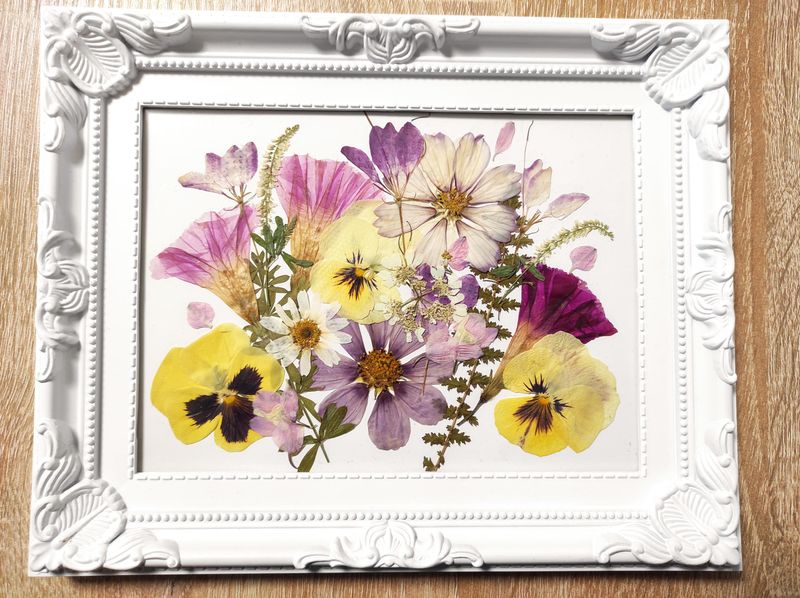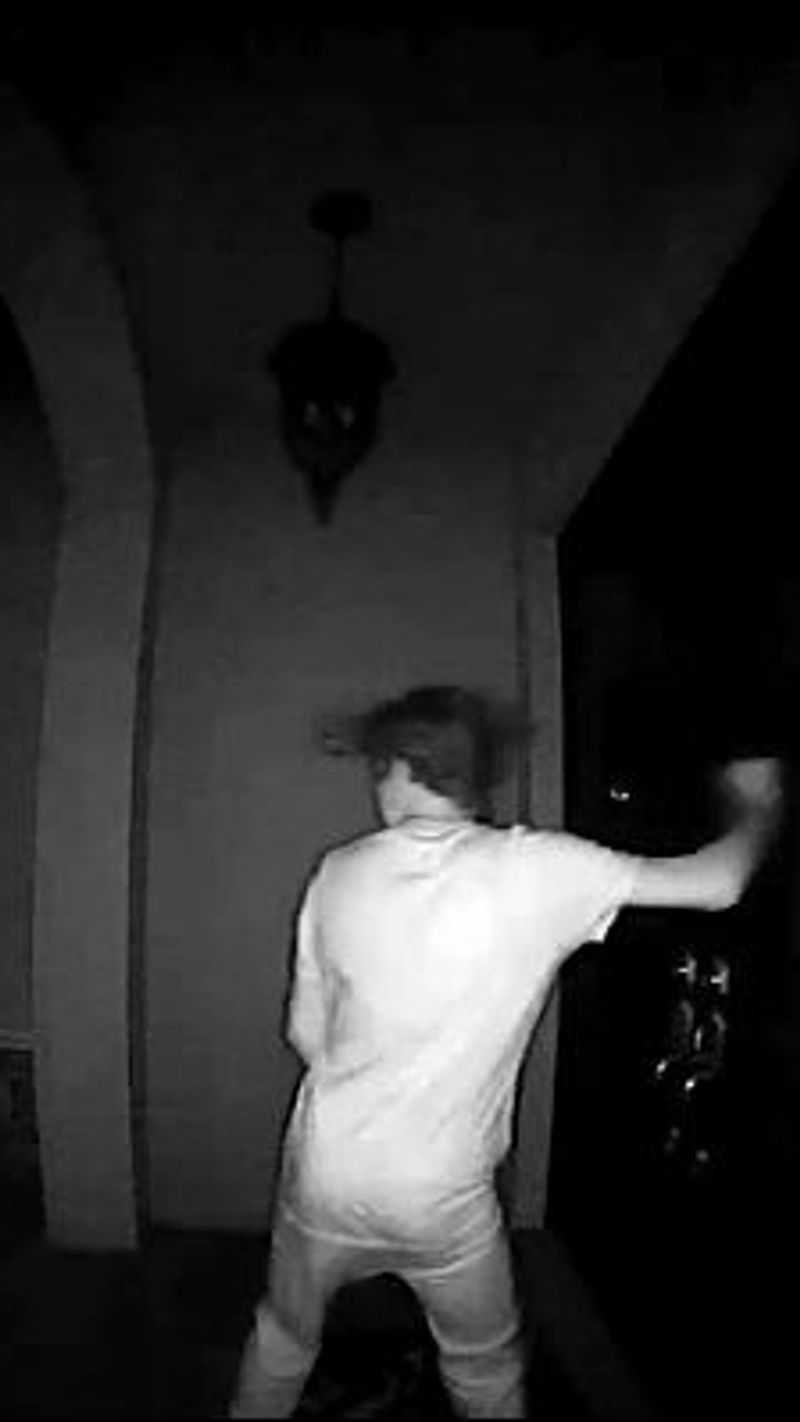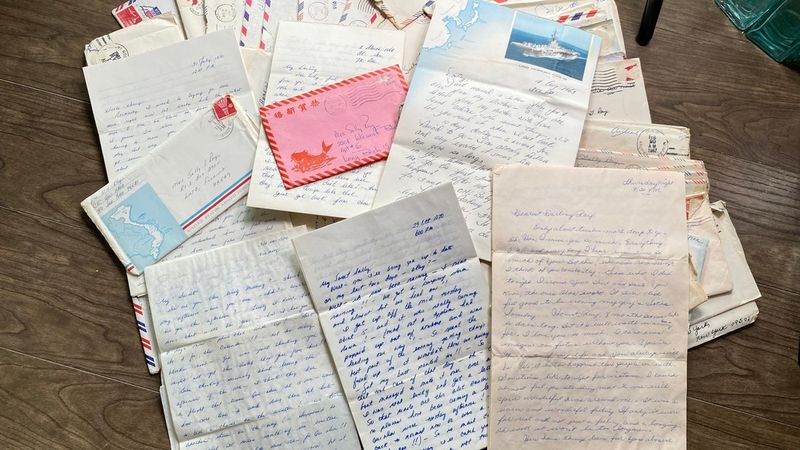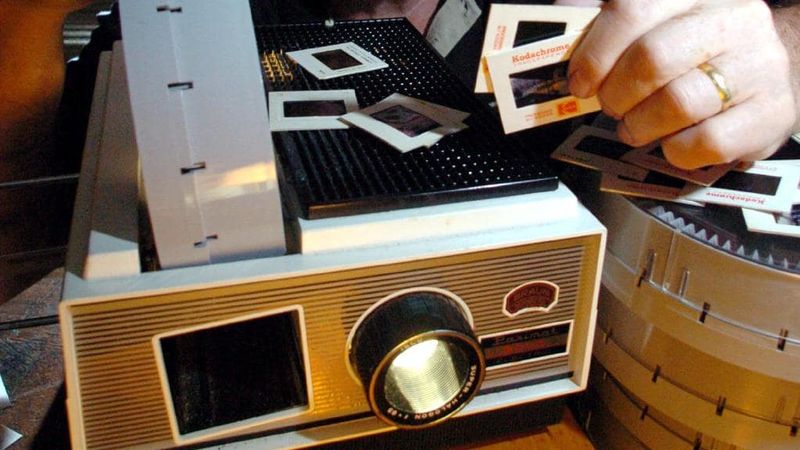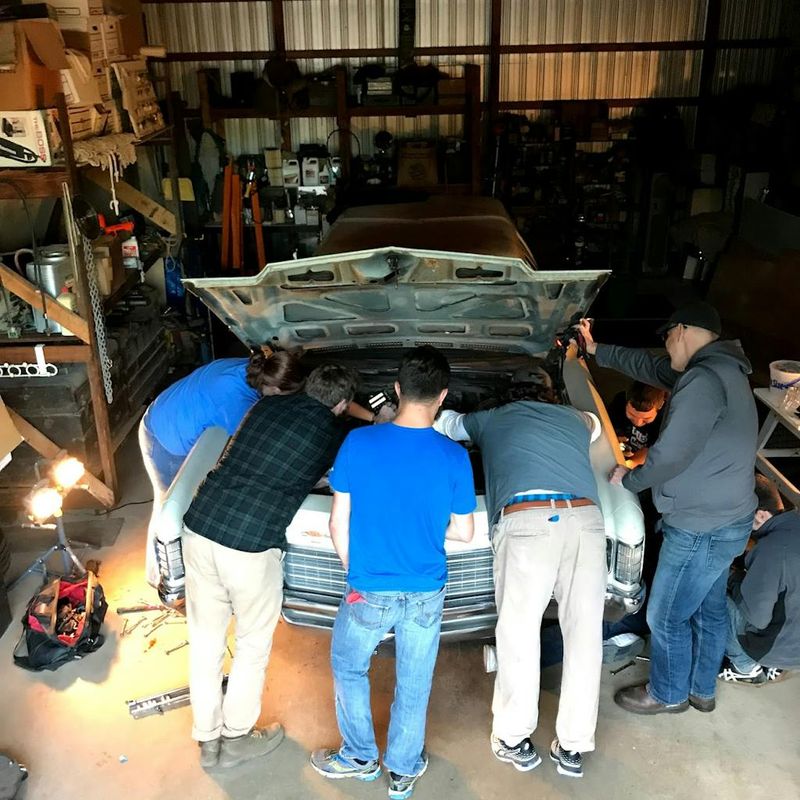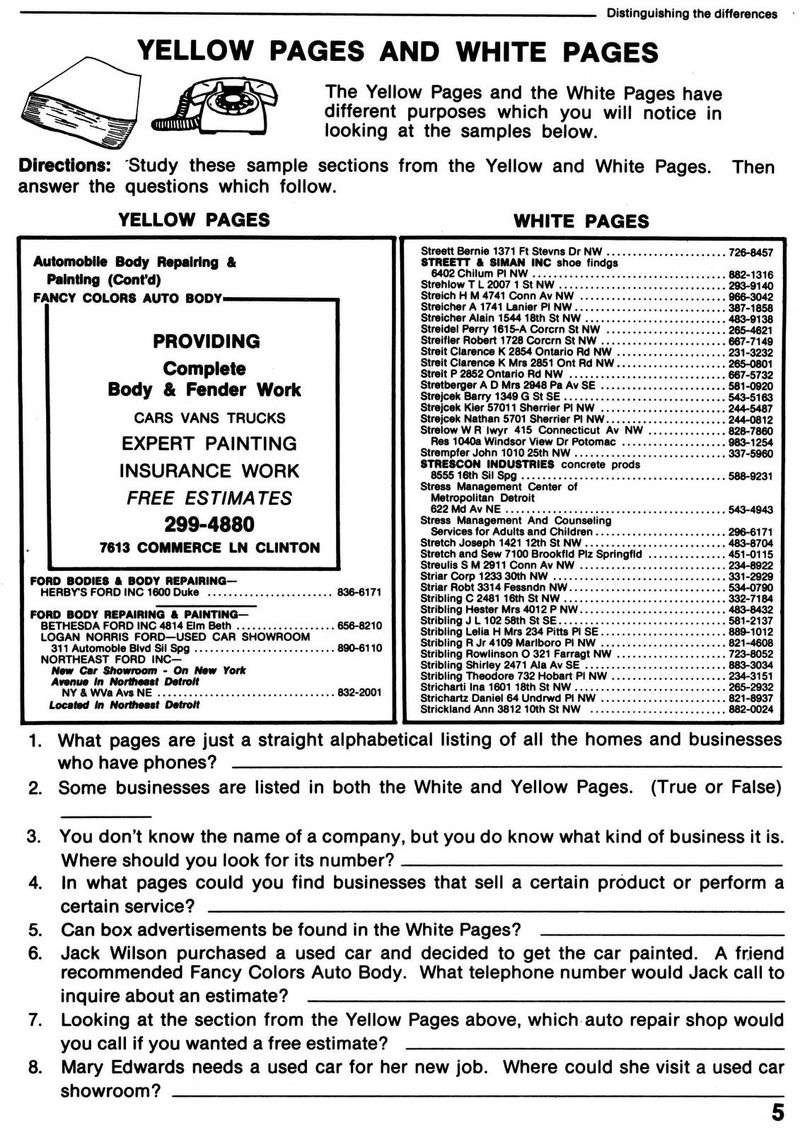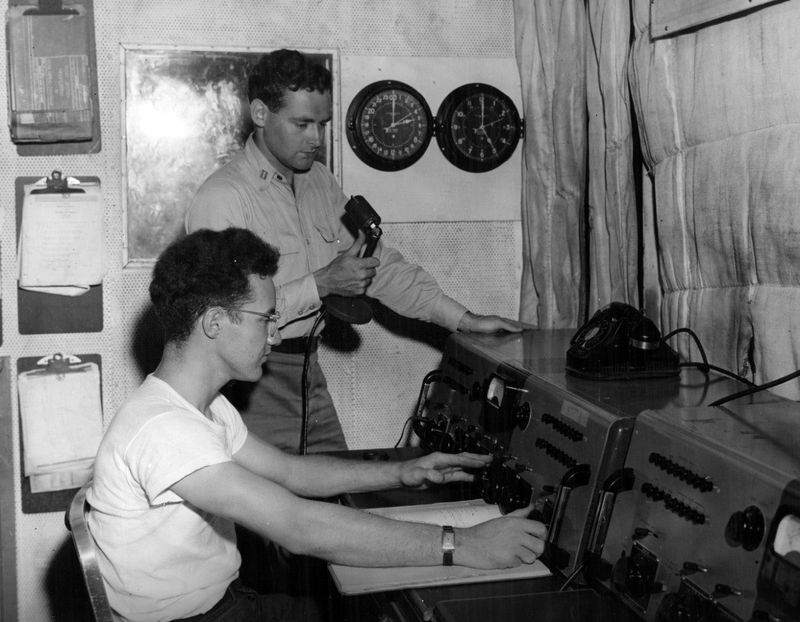Remember when entertainment didn’t require Wi-Fi or a charging cable? Baby Boomers grew up in an era when hobbies required patience, physical materials, and often face-to-face interaction. These pastimes shaped an entire generation’s idea of fun, but they’ve largely disappeared from our modern landscape. Let’s look back at activities that once dominated free time but now seem as outdated as rotary phones.
1. CB Radio Chatting
The highways buzzed with voices of truckers and enthusiasts alike, all connected through citizen’s band radios. People installed massive antennas on their homes just to extend their range a few more miles. The thrill came from never knowing who you’d meet – maybe someone from two states away!
Entire families created special “handles” (nicknames) and learned the colorful slang that made CB culture unique. Kids today can hardly imagine the excitement of hearing a stranger’s crackling voice emerge from static after calling “Breaker 1-9.”
2. Ham Radio Operating
Long before the internet made global communication instant, ham radio operators were the original social network. These dedicated hobbyists spent thousands on equipment to bounce signals off the atmosphere and chat with people on other continents.
Amateur radio required studying for licenses and learning Morse code. The payoff? Making contact during a rare opening in the ionosphere with someone in Australia or Russia. Many operators kept detailed logs and collected QSL cards – physical postcards confirming successful contacts – like modern-day digital achievements.
3. Stamp Collecting
Before smartphones delivered dopamine hits, stamp collectors got their thrills finding a rare postmark or commemorative edition. Kids traded duplicates at school while adults joined philatelic societies with deadly serious meetings about watermarks and perforations.
Entire rooms were dedicated to carefully organized albums. Collectors used special tweezers to avoid damaging their precious finds with finger oils.
The rarest specimens lived in climate-controlled environments, protected from light and humidity like priceless artifacts. Today’s generation can hardly fathom the patience required to build a collection one mail delivery at a time.
4. Coin Collecting
Every penny counted when you were a dedicated numismatist! Boomers would check each coin that passed through their hands, hunting for wheat pennies or silver dimes. The hunt was addictive – any handful of change might contain treasure.
Collectors kept blue folders with circular slots for each year and mint mark. Finding that elusive 1955 double-die penny could fund a semester of college!
Bank tellers knew the regulars who came in weekly to exchange cash for rolls of coins, hoping to find overlooked rarities. Today’s cashless society has nearly eliminated this pastime that once occupied millions.
5. Door-to-Door Encyclopedia Sales
Armed with sample volumes and rehearsed pitches, encyclopedia salespeople roamed neighborhoods convincing families that success required these leather-bound knowledge repositories. Parents made monthly payments for years to complete these prestigious sets.
Selling encyclopedias wasn’t just a job—it was a respectable career with training programs and sales conventions. The best representatives earned Caribbean cruises and gold watches.
Families proudly displayed complete Encyclopaedia Britannica or World Book collections in living room bookcases as status symbols. Children were told to “look it up” rather than ask questions, creating a generation of self-researchers.
6. Giant Jigsaw Puzzles
Card tables in living rooms stayed permanently occupied during puzzle season. Families would spend weeks assembling massive 3,000-piece landscapes or famous artwork, often leaving them incomplete for days between sessions.
Strategic puzzlers sorted edge pieces first, then grouped similar colors and patterns. Arguments erupted when someone couldn’t find that “one piece with the bit of blue sky.”
Completing a challenging puzzle brought genuine family pride. Some households even applied special glue to preserve their masterpieces for framing. The slow, methodical nature of puzzling fostered conversation and connection that today’s quick-hit entertainment rarely provides.
7. Macramé Crafting
The satisfying process of tying hundreds of knots transformed ordinary rope into bohemian masterpieces. Living rooms across America featured handcrafted owl wall hangings and plant holders dangling from ceilings.
Crafters developed callused fingers from hours of pulling tight knots. Pattern books circulated among friends, with personal modifications noted in margins.
The most dedicated macramé enthusiasts created entire room dividers or hammocks using hundreds of yards of cord. This meditative craft required minimal tools but maximum patience – the opposite of today’s instant-gratification hobbies that deliver results with the tap of a screen.
8. Tupperware Party Hosting
Suburban living rooms transformed into social marketplaces as women gathered to witness the miracle of burping plastic containers. These parties weren’t just about storage solutions – they represented freedom and financial opportunity for homemakers.
Hosts prepared elaborate finger foods displayed in the very products being sold. Games and demonstrations showcased how these revolutionary containers kept lettuce crisp for weeks.
The real magic happened through relationship building. Women found community while earning commission on neighborhood sales. Many successful “Tupperware ladies” earned cars and tropical vacations through this direct-sales phenomenon that predated today’s social media marketing.
9. Lawn Dart Competitions
Nothing says “carefree childhood” quite like hurling weighted metal spikes toward plastic rings – and sometimes toward your cousins! Before safety concerns and lawsuits, Jarts were standard equipment at family gatherings.
Players took turns launching these foot-long missiles skyward, hoping they’d plunge into scoring zones. The distinctive thunk of a dart embedding in grass signaled success.
Adults sipped beers while children played unsupervised with these potential weapons. Eventually, emergency room visits prompted a complete ban. Modern parents would sooner hand their kids chainsaws than allow these dangerous games that somehow seemed perfectly reasonable to previous generations.
10. Basement Model Railroading
Miniature worlds appeared in basements nationwide as men disappeared for hours to control tiny trains. These weren’t simple toy setups – they were intricate landscapes with working signals, hills, tunnels, and meticulously painted buildings.
Dedicated enthusiasts spent decades perfecting their layouts. Every payday meant new accessories: tiny people, vehicles, or specialized track sections.
Children received strictly supervised visiting privileges to these hallowed basement kingdoms. The smell of electrical components and the clickety-clack of metal wheels on track created sensory memories that lasted lifetimes. Today’s digital alternatives can’t replicate the tactile satisfaction of controlling a physical miniature world.
11. Door-to-Door Photography
Surprise knocks at the door sometimes revealed photographers offering impromptu family portraits. These traveling shutterbugs carried portable backdrops and lighting equipment door-to-door throughout neighborhoods.
Families scrambled to look presentable as living rooms transformed into temporary studios. The photographer might take just a few shots, hoping you’d order prints when they returned weeks later with proofs.
This practice created accidental time capsules of ordinary days. Many families still treasure these spontaneous portraits capturing authentic moments before the era of endless digital selfies. Today, a stranger with a camera approaching homes would likely trigger neighborhood watch alerts!
12. Polaroid Photography
The magic moment came after the distinctive whirr of the camera: watching blank squares slowly reveal images before your eyes. Polaroid photographers became experts at estimating exposure, knowing there were no second chances.
People gathered to watch photos develop, offering commentary as faces emerged from chemical fog. Each shot was precious due to film costs – the opposite of today’s unlimited digital snapping.
These instant photos created unique archives of American life. The distinctive white borders, slightly blurry focus, and oversaturated colors captured birthday parties and road trips with an authenticity that filtered smartphone images can only imitate.
13. Roller Disco Dancing
Wooden rinks transformed into magical realms where ordinary people became graceful performers on eight wheels. The combination of disco music, colored lights, and roller skating created a unique cultural phenomenon that defined the late 1970s.
Regulars invested in professional-grade skates with pompoms and matching satin outfits. They practiced elaborate routines at home to showcase during couples skate or the limbo contest.
Roller rinks fostered first romances and social hierarchies among teens. The skilled backwards skaters commanded respect while beginners clung to side rails. This physical, social activity has no real equivalent in today’s digital entertainment landscape.
14. Phone Book Collecting
Before digital archives, some history enthusiasts preserved phone directories as time capsules of local communities. These massive yellow and white pages documented who lived where, what businesses existed, and how areas developed over decades.
Collectors stored chronological sets organized by region and year. Some focused on rare editions from small towns or directories from significant historical periods.
Beyond nostalgia, these collections served practical purposes for genealogists and researchers tracking demographic shifts. Today’s digital-native generation can barely comprehend these heavy paper volumes that arrived annually on doorsteps, much less why anyone would want to preserve them.
15. Milk Delivery Service
The rhythmic clinking of glass bottles at dawn announced the milkman’s arrival. Families left empty bottles in metal carriers with handwritten notes requesting extra butter or cream for weekend company.
This delivery system created neighborhood routines and relationships. Regular customers received birthday cards from their milkmen, who knew which houses had new babies or illness.
Children fought over who got to bring in the frosty bottles with cardboard caps. In winter, cream sometimes froze and pushed up from the bottles like magic popsicles! This daily connection to food sources has largely disappeared in our modern world of 24-hour supermarkets and week-long shelf life.
16. Flower Pressing
Young girls and sentimental adults alike tucked blooms between heavy dictionary pages, preserving memories of special days. Patient hobbyists waited weeks for nature’s colors to flatten and dry.
The most dedicated flower pressers created elaborate albums categorizing their botanical specimens by season and location. Special occasions warranted preservation – wedding bouquets, anniversary roses, or wildflowers from memorable hikes.
This quiet hobby required nothing more than found materials and patience. The resulting pressed flowers decorated homemade cards or framed artwork. Modern children, accustomed to digital documentation of experiences, rarely consider physically preserving ephemeral natural beauty through this meditative process.
17. Doorbell Ditching
Neighborhood mischief reached its peak with this simple prank: ring doorbell, hide in bushes, watch confusion unfold. This juvenile pastime required nothing but speed, stealth, and a willingness to risk parental phone calls.
Groups of kids planned strategic routes through neighborhoods, targeting houses with particularly entertaining reactions. Veterans knew which dogs barked loudest and which homeowners might give chase.
This harmless rebellion provided genuine adrenaline rushes in an era before video games simulated danger. Today’s doorbell cameras and neighborhood watch apps have effectively eliminated this once-ubiquitous childhood prank, replacing giggles in bushes with digital evidence and community alerts.
18. Handwritten Letter Correspondence
The mailbox held possibilities – perhaps today brought news from a distant friend! Letter writers developed distinctive penmanship and personal stationery, sometimes including pressed flowers or newspaper clippings of mutual interest.
Correspondence required thought and commitment. Writers drafted important letters before creating final versions without spelling errors or ink blots.
Pen pals from school programs sometimes maintained relationships for decades through handwritten exchanges. Many Boomers still have boxes of tied-together letters documenting friendships, romances, and family connections. This tangible record of relationships has largely disappeared in our era of ephemeral texts and emails that vanish with device upgrades.
19. Slide Show Evenings
Nothing said “torture” to kids quite like parents announcing, “We’ve invited the neighbors to see our vacation slides!” Living rooms transformed into theaters as heavy projectors displayed slightly blurry memories on pull-down screens or white walls.
The distinctive click-whirr of advancing slides punctuated dad’s detailed narration of each image. “Here’s Mary in front of another cathedral” became a running joke in many families.
Despite the groans, these shared viewing experiences created community. Neighbors actually cared about seeing your Grand Canyon photos! Today’s equivalent – scrolling through someone’s vacation Instagram – lacks both the social commitment and the charming technical failures of projector bulbs burning out mid-presentation.
20. DIY Car Maintenance
Weekend warriors once populated driveways nationwide, confidently disassembling carburetors and adjusting timing belts. Car maintenance wasn’t just a money-saving necessity – it was a respected skill passed between generations.
Men bonded over open hoods, sharing tools and knowledge while solving mechanical mysteries. Grease-stained repair manuals featured dog-eared pages and margin notes from previous fixes.
Even teenagers learned basic maintenance before getting driver’s licenses. Oil changes, spark plug replacements, and brake jobs were considered essential knowledge rather than services to purchase. Today’s computerized vehicles have effectively ended this era of self-reliance and mechanical intimacy.
21. Phone Book Entertainment
Before caller ID and smartphones, the humble phone book provided hours of unexpected entertainment. Bored kids looked up funny names, called random businesses to ask absurd questions, or checked if friends’ families were listed.
The Yellow Pages section inspired daydreaming about exotic services. Why did the town need three hypnotists? What exactly did a lapidary do?
Some people even read phone books to fall asleep, finding the repetitive listings oddly soothing. Others used them for research projects or to locate long-lost connections. This thick paper directory, once essential in every home, now seems as obsolete as telegraph operators.
22. Shortwave Radio Listening
Late at night, dedicated listeners hunched over glowing dials, carefully tuning to catch broadcasts from Moscow, London, or mysterious numbers stations. This window to global perspectives required patience and technical skill to navigate atmospheric conditions.
Enthusiasts kept detailed logs of stations received, often sending reception reports to foreign broadcasters to collect QSL confirmation cards. Special equipment and enormous antennas helped capture elusive signals.
Beyond entertainment, shortwave listening provided unfiltered news during Cold War tensions. Hearing Radio Havana or Voice of America directly rather than through local news filters created informed world citizens. Today’s internet access makes this effort seem unnecessary, though without shortwave’s distinctive atmospheric romance.
